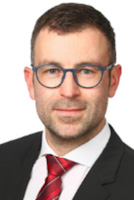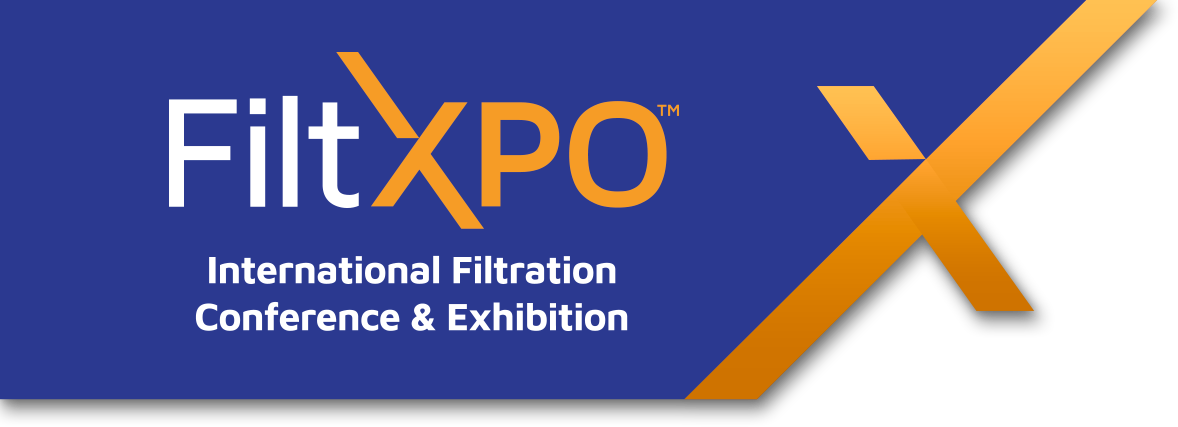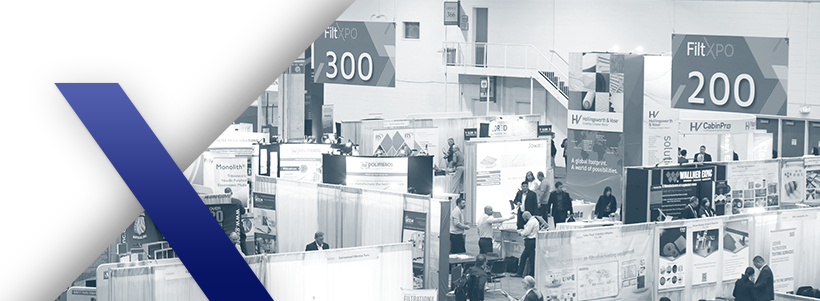Conference Speakers

Oliver Rimmel
Business Manager Digital Material R&D, Math2Market GmbH
BIOGRAPHY
2022 – now Business Manager Digital Material R&D, Math2Market GmbH, KaiserslauternResponsible for Foams, Composites, Ceramics, Metals, Additive Manufacturing,
Nonwovens, Technical Textiles
2020 – 2022 Process Developer, PFW Aerospace GmbH, Speyer
Responsible for process development in the area of laser metal deposition additive manufacturing
2015 – 2019 PhD, Mechanical Engineering, TU Kaiserslautern
At the Leibniz Institute for Composite Materials, department of Manufacturing Science
Topic: Experimental and simulative analysis of composite impregnation processes
2008 -2014 Diploma, Mechanical Engineering, TU Kaiserslautern
Focus on material science and composites
9:10 am - 10:40 am
AI-Driven Analysis of Fiber and Material Properties in Nonwovens Using Microct Imaging
Fiber length is a critical parameter influencing the properties of fibrous materials like nonwovens. Traditional experimental methods to determine fiber length require considerable effort, are time-consuming, and often susceptible to user bias. These conventional approaches involve mechanical or optical tools that demand meticulous sample preparation, with the implied challenge for complex fibrous materials. In contrast, using CT-scans for the fiber length distribution determination offers a novel, digital, non-destructive method that is more efficient, reproducible, and accurate. This approach allows for the analysis of newly manufactured samples and enables the re-examination of materials after a usage period to assess changes, such as in fiber length distribution, matrix composition, or other critical properties due to aging.
The process begins with a CT scan of the sample, followed by image processing steps like cropping, rotation, and alignment to enhance image quality for the analysis. The resulting dataset may be refined using image filters if needed. Segmentation of fibers (even multiple fiber types) and binder material is performed using simple thresholding methods or advanced AI techniques, depending on the contrast between the different material components.
For the segmentation and determination of fiber lengths in nonwoven materials, an adapted version of the method by Grießer et al. [1] is used. This method utilizes a neural network based on the U-NET3D architecture [2], trained with artificially generated fibrous structures to accurately identify fiber centerlines in CT-scans. These centerlines, tracing the trajectories of individual fibers, are combined with local measurements of fiber diameters to create an analytical representation of each fiber.
The digital fiber length distribution of a fibrous material sample was compared to experimental results obtained using a traditional FASEP apparatus (IDM Systems) [3]. The strong correlation between digital and experimental results validates the digital, AI-based approach as a reliable method for determining fiber lengths in nonwoven materials, offering a non-destructive and time-efficient alternative.
Furthermore, the use of GeoDict for nonwoven material development holds significant potential. By simulating and optimizing fiber structures, it becomes possible to tailor nonwoven materials for specific performance properties, such as enhancing capillary pressure curves, air permeability, and filtration efficiency. These capabilities enable the design of nonwovens with advanced functionality, catering to industrial applications including, but not limited to, filtration, medical textiles, and insulation. The presentation will give insights on how GeoDict tools also accelerate the development process by reducing the need for physical prototyping, enabling more sustainable and cost-effective innovations in nonwoven materials.
8:00 am - 5:00 pm
AI-driven analysis of fiber and material properties in nonwovens using microCT imaging
Using microCT images and AI-based analysis, we present a novel, non-destructive method for determining fiber length distributions in nonwoven materials. This approach, based on a neural network, which was trained on a multitude of synthetic fiber structures, enables accurate segmentation and fiber characterization, eliminating the limitations of traditional methods. Validated against conventional lab measurements, this method ensures a high reproducibility and even allows for reassessment of the material after usage. Additionally, GeoDict provides powerful simulation tools to optimize nonwoven structures for specific properties. By reducing the need for physical prototyping, this digital approach accelerates material development, making it more cost-effective and sustainable.

